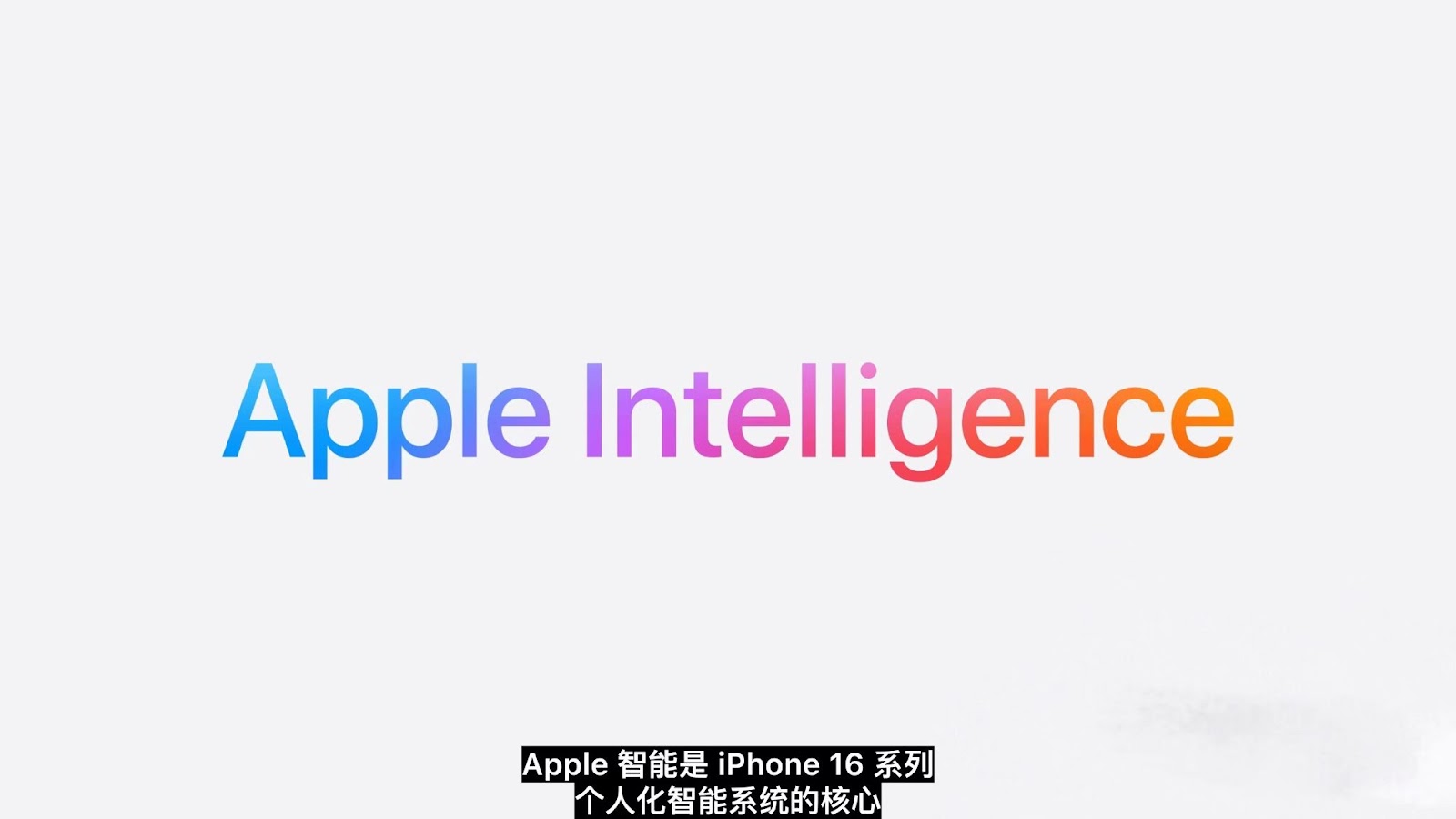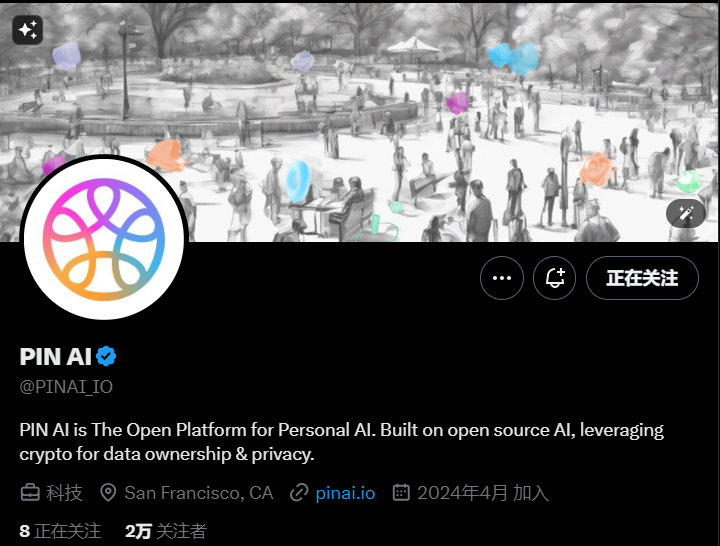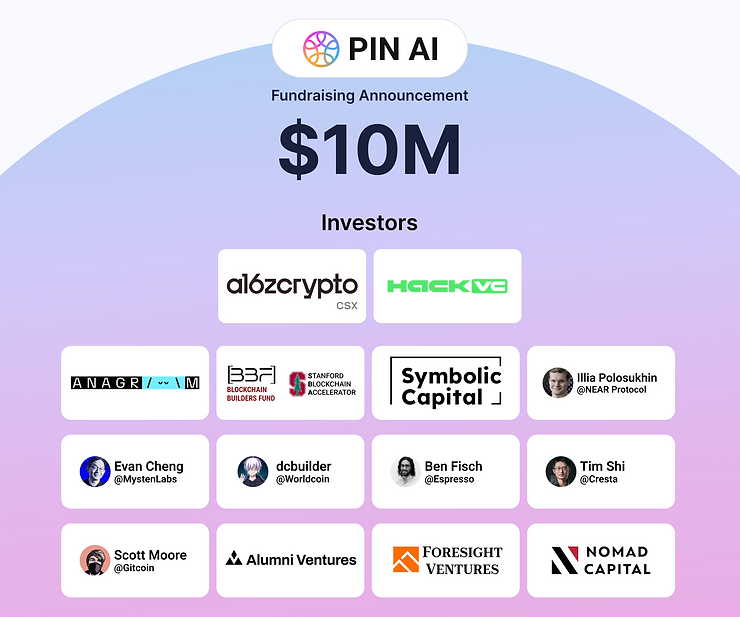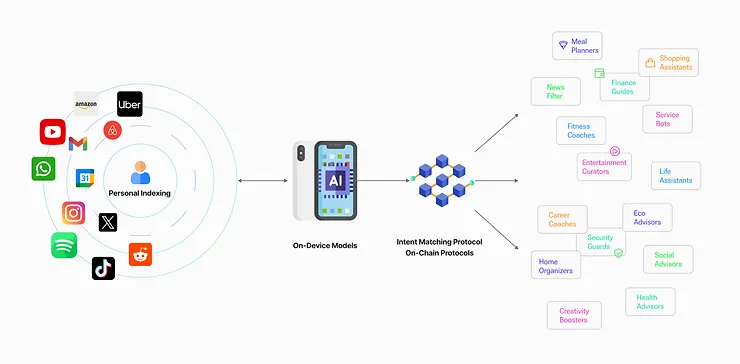
In the early morning of September 10, Apple held a new product launch conference for the fall of 2024, and everyone's focus was still on the iPhone 16 series. Although the iPhone 16 has been improved in terms of chips and cameras, issues such as price, screen refresh rate, and USB2.0 interface still caused a lot of discussion, with mixed reviews.
However, for me, the most impressive thing about the entire conference was Apple’s new artificial intelligence system - Apple Intelligence.

Apple Intelligence is the core personal intelligence system of the iPhone 16 series. The first batch of features will be launched after the Beta version is released next month. It is expected to be promoted to Australia and Canada by the end of the year, and will be expanded to more regions such as China next year.
Apple's release this time marks that its balance between privacy and openness is gradually changing. For a long time, Apple's high attention to user privacy has limited the development of Siri, because it needs to collect and upload user data for more accurate training, which conflicts with Apple's consistent privacy protection concept. Therefore, Siri's functions were once very limited and could not compete with other intelligent assistants. However, after facing strong pressure from large models such as OpenAI, Microsoft, Google and Meta, Apple finally launched Apple Intelligence and embraced a more open intelligent technology system.
Looking back at the blockchain field, in fact, in the past year, with the widespread adoption of ChatGPT and similar AI tools, AI has also been hyped in the crypto field, and the industry has begun to pay more and more attention to how to combine encryption technology with AI. The field of Crypto x AI came into being.
On the infrastructure side, there are many projects focused on providing services for decentralized computing, data availability/storage, and verifiable reasoning. On the application side, there are experiments with AI prediction markets, trading agents, and DAO bots. The vast majority of applications focus on helping users understand and use the web3 protocol, which is an important and growing but still limited use case.
At the same time, the AI industry is also developing rapidly, especially in terms of infrastructure, and some projects have made significant progress, such as vector databases, evaluation services, and model routing services. However, at the application level, many well-funded projects still find it difficult to find market fit. The main challenge is that AI applications require a large amount of contextual data to provide valuable reasoning, and many current AI tools, such as ChatGPT, cannot obtain user history and personalized data, so their application in real life is still limited.
Therefore, an open ecosystem that combines blockchain and AI technology to access extensive data while ensuring user data privacy becomes particularly necessary.
This system will give users control over their own data and push personal AI applications to new heights.
Project Introduction

PIN AI aims to create an open AI network with access to large amounts of contextual data, where AI builders can create a variety of useful AI applications.
Rooted in open source AI and Ethereum, PIN has three foundational layers: Personal Data (with a focus on privacy and data ownership), Personal AI (a helpful and trustworthy companion AI on private devices), and External AI (an open marketplace for AI services).
This enables AI developers to provide useful AI services with the full context of their human owners, acting as their assistant and mediator when summoning more powerful external AI in the cloud to fulfill user intent, while always protecting user privacy.
PIN Protocol
The PIN Protocol is the backbone of the open source ecosystem built around PIN AI. It provides trust-minimized activity tracking and value exchange, access to valuable personal data, and an open innovation platform for new AI services. The three key components of the protocol are used to guide the PIN economy.
- Data Connectors and On-Chain Registry: Track and verify user data sources connected to the network. Use state-of-the-art zero-knowledge cryptography such as zkTLS to verify data provenance, and use machine learning techniques to update the registry with real user data contributions at the end of each epoch.
- Private storage and computing layer: Provide secure and private data storage beyond the capacity of the user's own device. Use a persistent storage solution with data access gadgets to store large amounts of user data (including photos, videos, etc.) and make the most relevant data readily available to personal AI.
- Agent Linking and Intent Marketplace: Open up user intent implementation to AI agent applications. Build a permissionless agent registry and exchange, where the registry tracks performance metrics and the exchange specifies how to match individual AI queries to agents (based on cost, performance, and quality of each agent). To bootstrap this component, we will help developers transform current Web2 applications (e.g. Amazon, DoorDash, Uber, etc.) into agent services, which we call Agent Linking.
PIN AI
On the AI side, PIN AI introduces a sophisticated architecture designed to balance privacy, performance, and personalization through its hybrid models. These models combine on-device processing with cloud-based computing, ensuring that sensitive operations remain under user control while leveraging powerful cloud models to perform complex tasks. This hybrid approach allows the AI to continuously learn from the Personal Index, a dynamic knowledge graph that organizes user data from both device and cloud sources to provide contextually relevant, personalized responses.
The key to PIN AI's innovation is its focus on privacy and context management. The platform uses a BERT-based model specifically designed to detect and anonymize personally identifiable information (PII) at all stages of data processing, maintain confidentiality and comply with data protection regulations. In addition, RAG (Retrieval-Augmented Generation) and GraphRAG models enhance AI's ability to retrieve relevant information and perform complex reasoning by leveraging structured knowledge graphs, ensuring that responses are rich in context and personalized to the user's needs.
In the future, PIN AI will support autonomous workflows for fine-tuning. Personal AI models will be continuously fine-tuned, on-device models will adapt to user preferences in real time, and cloud models will aggregate anonymous data to enhance broader capabilities. Leveraging unique personal data and user patterns, PIN AI will push the frontier of AI personalization, providing each user with a personal AI that they truly own, and that gets better and more personalized over time.
PIN Ecosystem
At its core, PIN is a two-sided marketplace where users and their personal AIs can access services from external AIs. As the amount of user contextual data provided to these services increases, the number and value of services that can be provided also increases. Data connectors and on-chain registries are part of our Proof-of-Engagement Protocol (PoE) and are designed to incentivize users to connect data and perform valuable transactions on the platform. There are two main components:
- Data Connection Incentive: Users can earn allocations simply by connecting their personal data to the network. Privacy is guaranteed by user-level encryption. Sybil resistance is achieved through a combination of cryptographically authenticated data provenance (zkTLS), machine learning techniques that evaluate human digital traces, and digital identities (e.g. WorldID).
- Proof of Valuable Transactions: When users complete provable transactions of value through proxy chains , they receive allocations from the protocol. Transactions need to transfer economic value (in the form of cryptocurrency or fiat currency) and be provable on-chain (e.g., fiat currency payments via zkTLS).
Ecosystem participants, incentives, and economic flows

There are three main players in the PIN ecosystem: end users, data connectors, and proxy services.
- Users are encouraged to connect their personal data to the PIN Network through data connectors while maintaining ownership and privacy. This enables the PIN Network to accumulate rich context of user data for proxy services to leverage.
- Data connectors are also initially incentivized, they are part of the infrastructure serving the PIN network and can be operated by third parties. They are protected by a staking and slashing mechanism, and operators and stakers will receive rewards.
- The protocol will enable the creation of new agent services and the easy deployment of these services through Agent Links. These agents will be able to leverage user contextual data to better meet user intent and provide useful services. Agent service operators will also be protected and incentivized by crypto-economics.
- In the future, users will be willing to pay to gain valuable proxy services, and proxy services will in turn pay the protocol for access to personal data and user intentions through dynamic fees determined by supply and demand market mechanisms.
Team Background
At the helm of PIN AI are co-founders Davide Crapis and Ben Wu.
Davide Crapis, who leads protocol research, was a member of the Ethereum core research team.
Leading the strategy is Ben Wu, an MIT graduate, Y Combinator alum, and serial entrepreneur.
The company’s technical leadership includes co-founder and chief AI scientist Bill Sun and founding engineering director Regan Peng.
Sun holds a PhD in AI/mathematics from Stanford University and was an early Google Brain researcher. He also founded Generative Alpha AI, an AI startup that specializes in LLM reasoning research using RAG, RL, and other techniques to learn investment strategies from top investors.
Peng holds a master's degree in electrical and computer engineering from Carnegie Mellon University and has served as director of engineering at Didi Fintech and chief engineer of data infrastructure at Yahoo. His solid knowledge in machine learning/artificial intelligence and rich product and engineering experience will provide PIN AI with a solid foundation and excellent technology.
PIN AI collaborates with multiple research groups, including the a16z crypto research team, Flashbots, and Espresso Systems. The company also works closely with renowned academics, including professors at Stanford University, Columbia University, and New York University.
Financing Background

September 9th at 9am PDT — PIN AI announced that it has received $10 million in pre-seed funding to develop the world’s first open source Personal Intelligence Network (PIN).
In addition to Hack VC and a16z CSX , PIN AI has also received funding from a number of well-known investors, including Blockchain Builders Fund (Stanford Blockchain Accelerator), Illia Polosukhin (one of the authors of the Transformer paper; founder of NEAR Protocol), Anagram/Lily Liu (Chairman of SOL Foundation), Symbolic Capital (co-founder of Polygon), Evan Cheng (CEO of Mysten Labs/SUI), dcbuilder (Worldcoin Foundation), Foresight Ventures (parent company of the Block), Nomad Capital, Tim Shi (co-founder of AI unicorn Cresta.ai ), Ben Fisch (CEO of Espresso), Scott Moore (co-founder of Gitcoin), Alumni Ventures ( top 20 VC selected by CB Insights '24) and Dispersion Capital (former director of Samsung Next) and other well-known investors.
This round of financing will be used to expand the company's R&D efforts, grow its team of AI and blockchain experts, and accelerate the deployment and market launch of its cutting-edge technologies.With the financing from a16z CSX, PIN AI will join the a16z CSX 2024 Crypto Startup Accelerator Fall Program, which launched this week in New York City.
Conclusion
The PIN AI platform provides an open-source, Web3-compatible alternative to Apple's new Apple Intelligence, transforming smartphones into privacy-first personal AI assistants. By shifting the profits and attention generated by user data away from tech giants such as Apple and Google, PIN AI gives users full control over their data and helps them monetize their data. The platform combines personalized contextual data with advanced encryption technology to deploy cutting-edge AI models on the device side to manage cross-application tasks such as shopping, ordering food, wealth management, and interactions with centralized exchanges, DeFi, and prediction markets.
This integrated AI assistant not only protects user privacy, but also reshapes the way data is managed, completely breaking the high-profit model of technology giants in the Web2 era. For example, Apple's 30% commission on app revenue (more than $100 billion) and Google's mobile advertising and Android store revenue sharing.

It is worth mentioning that although Apple Intelligence currently only supports iPhone 16 Pro and iPhone 16 Pro Max, the architecture design of PIN AI can run efficiently on a variety of devices, even low-end smartphones. The system uses an intelligent architecture to flexibly switch the inference process between edge AI (device-side) and server-side AI, thereby optimizing according to device performance. This design ensures that even users of low-end devices can experience the powerful functions of PIN AI.
The open Internet has paved the way for the rise of large language models. To achieve truly personalized AI, we need to build an open platform on devices that users trust, allowing comprehensive data access. If PIN AI can run as smoothly as smart contracts on Ethereum, it will lead the deep integration of the next generation of artificial intelligence and Web3, reshaping the value and control of personal data.







